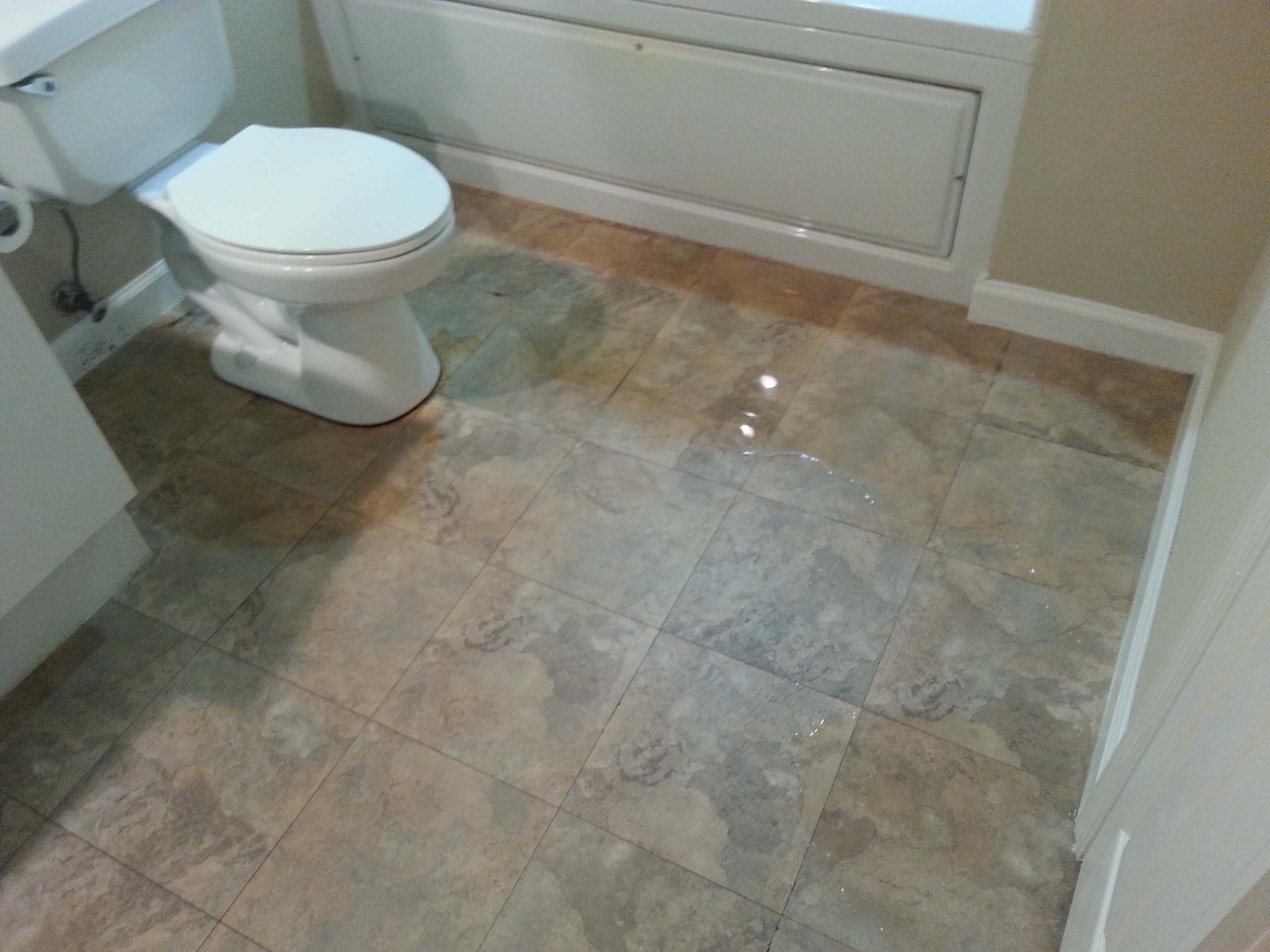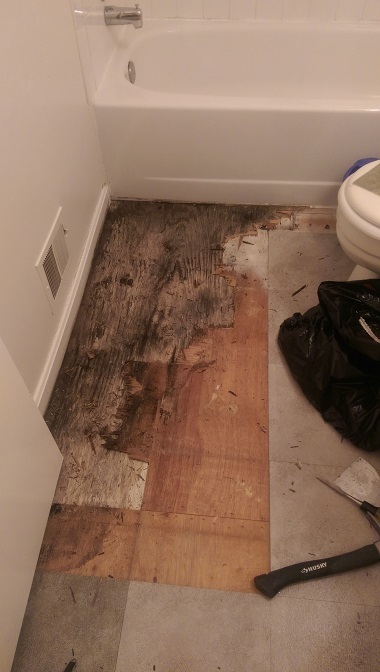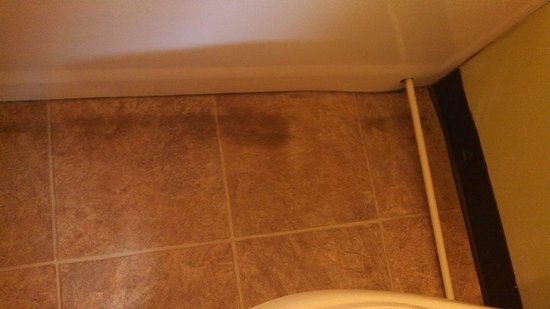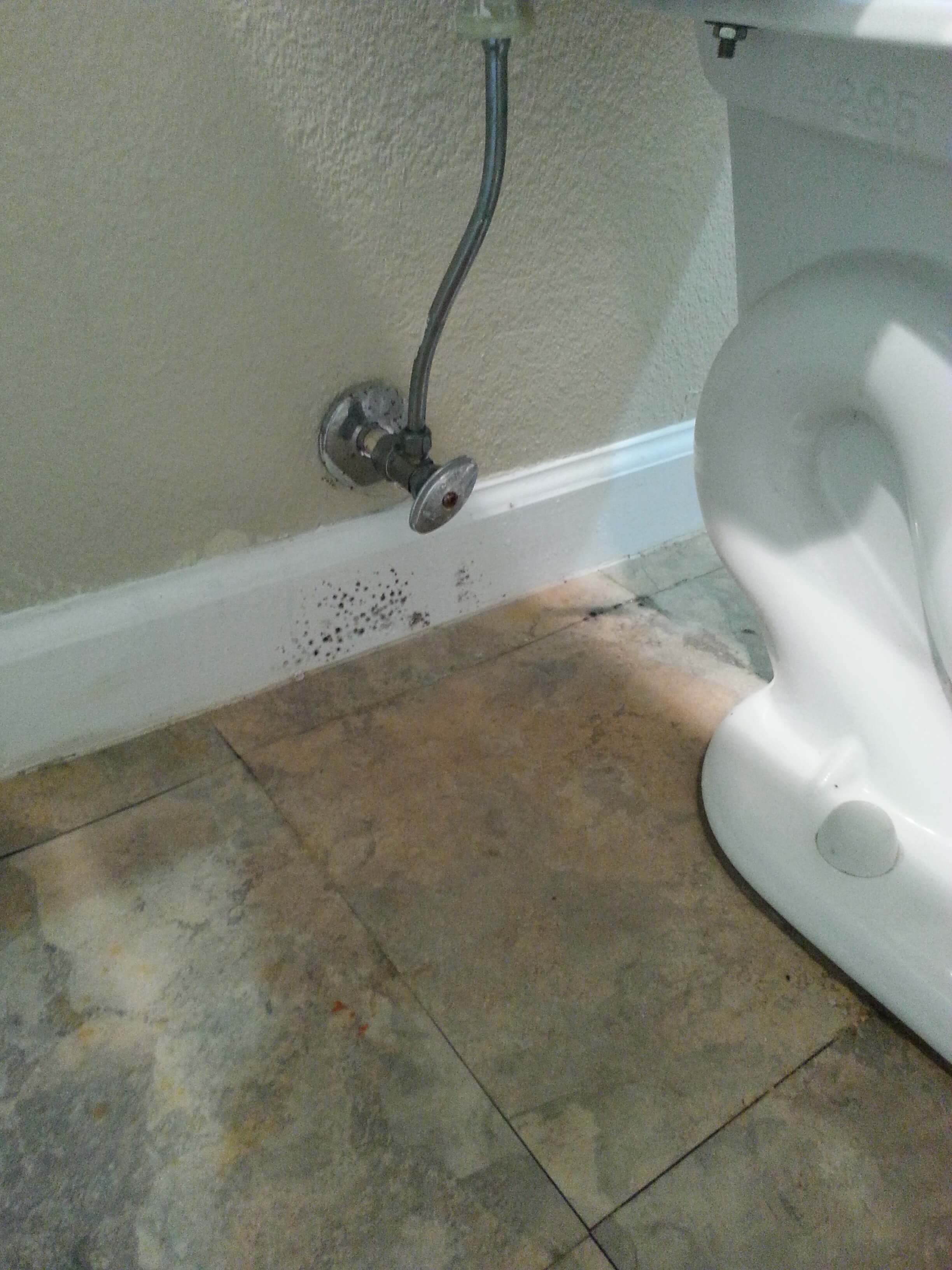Water damage is a common issue that affects many bathrooms. It can be caused by various factors, such as overflowing water or cracks in the bathroom floor. When left unaddressed, water damage can result in severe damage to your bathroom. In this article, we will provide tips on fixing water damage on your bathroom floor.
Identify the Source of the Problem
The first step in fixing water damage on your bathroom floor is to identify the source of the problem. This will enable you to address the root cause of the issue, preventing it from happening again. Look for signs such as water pooling on the floor, dampness, or mold growth. Check for leaks in the toilet, sink, shower, and faucet.
Fixing Toilet Leaks
Toilet leaks are often caused by improper installation or worn-out seals. If you notice water leaking from the toilet base, call a plumber to fix the problem. The plumber will reposition the toilet, replace the wax seal, or install a new toilet flange to prevent water leaks.
Replacing the Sink
The sink is a primary source of water in the bathroom. If you notice water leaking from the sink, it may be due to a cracked sink or a faulty faucet. Replacing the sink and the faucet is the best solution for this problem.
Replacing the Shower
If you notice water leaking from the shower, it may be due to a worn-out seal or a damaged showerhead. Replacing the showerhead and sealing the shower pan can solve this problem.
Replacing the Faucet
A leaking faucet can be annoying and wasteful. It can also cause water damage to your bathroom floor. Replacing the faucet is an easy fix that can prevent further damage.
Repairing Walls and Ceiling
It may be a sign of water damage if you notice water stains or dampness on the walls and ceiling. Call a plumber to inspect and repair the issue. If you notice any cracks on the wall or ceiling, call a professional to fix them before they become a bigger problem.
Preventive Measures
Prevention is always better than cure. Here are some preventive measures that you can take to avoid water damage on your bathroom floor:
- Regularly inspect your bathroom for leaks and dampness
- Fix any leaks as soon as you notice them
- Use a shower curtain or door to prevent water from splashing onto the floor
- Install a bathroom exhaust fan to reduce moisture buildup
Water damage is a common problem in the bathroom that can result in severe damage if left unaddressed. It is essential to identify the source of the problem and take the necessary steps to fix it. By following the tips in this article, you can prevent further damage to your bathroom floor and keep your bathroom in excellent condition.
Bathroom Floor Water Damage
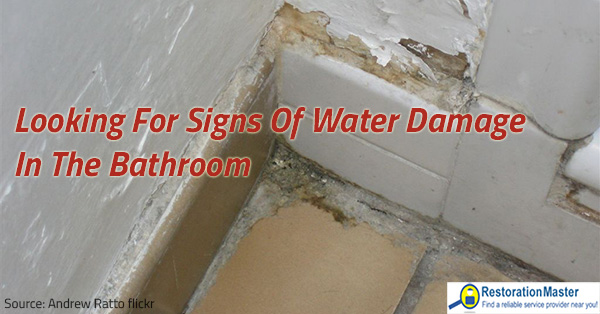
Diy home repair, Subfloor repair, Mobile home repair
Water Damaged Flooring – Ability Wood Flooring
Looking for Signs of Water Damage in the Bathroom – RestorationMaster
How to Fix A Water Damaged Bathroom Floor
water damage bathroom – Hack Your Wealth
Help) Water damaged bathroom subfloor : r/DIY
Huge stain on the bathroom floor. Possible water damage? – Picture
5 Acres u0026 A Dream: Fixing The Bathroom Floor
Bathroom Water Damage: Just Because You Canu0027t See It, Doesnu0027t Mean
Amazing Tips on How to Effectively Clean Your Bathroom Life Maid
Water Damaged Flooring – Ability Wood Flooring
Buyer Beware of u201cCover-Upu201d Bathroom Remodels – FD Kitchen u0026 Bath
Linoleum Flooring Damage Around Toilet – Bathroom Floor Problems
Related Posts:
- White Bathroom Flooring Ideas
- Bathroom Floor Tile Grout
- Bathroom Floor Tiles
- Vinyl Flooring For Bathroom
- Craftsman Style Bathroom Floor Tile
- Bathroom Floor Non Slip
- Small Bathroom Floor Tile
- Penny Tile Bathroom Floor Ideas
- Cleaning Bathroom Floor Grout
- Warm Bathroom Flooring Ideas
Bathroom Floor Water Damage: A Comprehensive Guide
When it comes to home maintenance and repair, water damage is one of the most common issues that homeowners face. Water damage can be caused by a variety of sources, ranging from plumbing issues to natural disasters. One of the most common sources of water damage can be found in the bathroom, where water can pool on the floor and cause a wide range of issues. In this guide, we’ll discuss what bathroom floor water damage is, how to identify it, and the steps you can take to repair it.
What is Bathroom Floor Water Damage?
Bathroom floor water damage occurs when water accumulates on your bathroom floor and seeps into the subflooring or baseboards. This type of water damage is usually caused by plumbing issues such as leaking pipes or overflowing toilets. It can also be caused by natural disasters such as flooding. When left unaddressed, bathroom floor water damage can result in a variety of problems, ranging from mold growth to structural instability.
How to Identify Bathroom Floor Water Damage
The first step in addressing bathroom floor water damage is to identify it. There are several signs that you can look for that indicate that your bathroom floor may be experiencing water damage. These include:
– Discoloration on the walls or ceiling: Discoloration on the walls or ceiling may be an indication that there is a leak in your bathroom walls or ceiling that is causing water to seep into the walls and ceiling, resulting in discoloration.
– Musty odor: A musty odor in your bathroom may indicate that there is mold or mildew growth due to standing water or water seepage.
– Warping or buckling of the flooring: Warping or buckling of the flooring may indicate that there is standing water beneath the surface of the flooring, which can cause it to warp and buckle over time.
– Visible moisture: Visible moisture on your bathroom walls or floors may be an indication that there is a leak in your plumbing system or a natural disaster has caused flooding in your home.
If you notice any of these signs in your bathroom, then it’s important to take action as soon as possible to address the issue before it worsens and causes even more damage.
How to Repair Bathroom Floor Water Damage
When it comes to repairing bathroom floor water damage, there are several steps you can take to get your bathroom back into shape. These include:
– Identify and address the source of the water: The first step in repairing bathroom floor water damage is to identify and address the source of the water. This could be a leaking pipe, an overflowing toilet, or a natural disaster such as a flood. Once you have identified the source of the water, you should take steps to fix it as soon as possible.
– Remove damaged materials: Once you have identified and addressed the source of the water, you should remove any materials that have been damaged by the water such as drywall, insulation, carpets, and flooring.
– Dry out affected areas: Once all damaged materials have been removed, you should dry out any affected areas with fans and dehumidifiers to ensure that all moisture has been removed from the area.
– Repair any structural damage: If there is any structural damage due to the water damage, then you should repair it as soon as possible before any further damage occurs. This could include replacing joists and beams or shoring up sagging floors.
– Install new materials: Once all structural repairs have been made and all moisture has been removed from the area, you should then install new materials such as drywall, insulation, carpets, and flooring.
– Clean affected areas: Once all new materials have been installed, you should then clean any affected areas with an appropriate cleaner for mold and mildew removal.
FAQs About Bathroom Floor Water Damage
Q1: How can I prevent bathroom floor water damage?
A1: The best way to prevent bathroom floor water damage is by regularly inspecting your plumbing system for

